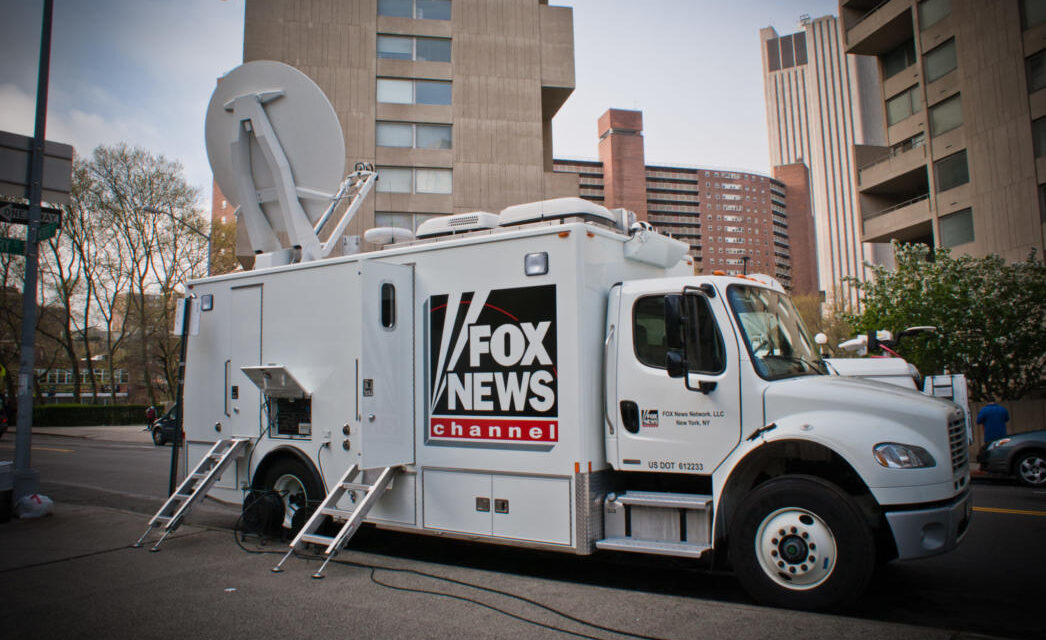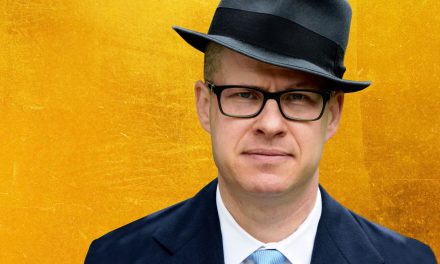How does one detect liberal bias? Kenneth Tomlinson, chairman of the Corporation for Public Broadcasting has the answer to that question:
So simple! Merely track the guests on one of the most liberal leaning shows on PBS and then use that to paint the entire network as bereft of balance. Brilliant! PBS is in the White House cross hairs; their lining up wingers to smash it like every other social program they despise. But what happens when your pronunciations of bias conflict with reality?
Tomlinson’s decree is not the first time the Corporation for Public Broadcasting has attempted to hang the label of liberal on PBS. The CPB hired its own pollsters in 2003, looking for statistical backup for it allegation of bias:
Finally, more than half (55 percent) said that PBS programming was “fair and balanced,” with strong support for its “high quality programming” and as “a valuable cultural resource.” NPR received an even higher approval rating for its programming, including perceptions that it is “fair and balanced” (79 percent of respondents). There was also strong support for government funding of public broadcasting (with only 10 percent of those surveyed believing that the annual $1.30 per capita funding was “too much”).
Whoops! No confirmation of perceived bias there. Let’s try something else. Like destruction of the agency from the inside:
The CPB, of course, is responsible for allocating funds not only for NPR and PBS, but also Public Radio International. In an interview yesterday in the New York Times Magazine, Ferree, when asked what PBS shows are his favorites, admitted that “I’m not much of a TV consumer.” He then tossed off some of names of a few PBS staples, like “Nova” and “Masterpiece Theater” before admitting “I don’t know.” Ferree has also apparently tuned in once or twice to the “Newshour with Jim Lehrer,” because he confides to Solomon that “the Lehrer thing” is “slow.”
And it just keeps getting better. Asked if he perhaps prefers listening to NPR to watching PBS, he states flatly: “No. I do not get a lot of public radio for one simple reason. I commute to work on my motorcycle, and there is no radio access.”
You may recall that Ken Feree was head of the FCC’s media bureau and designer of the FCC’s attempt to change federal rules governing media consolidation. Hmmm, the acting president of the CPB does not even watch PBS or listen to NPR. How can he be expected to make decisions about public broadcasting if he does not even consume it?
There are also indications that the White House is aggressively inserting itself into the management of PBS:
There is more evidence of coordination between CPB’s Tomlinson and the Bush White House:
This is a typical Bushco pattern, most starkly seen in higher level regulatory agencies. Pack the leadership of ‘rogue’ agencies with sympathetic political appointees. Create new operating guidelines outside the agency and then insert those appointees in key management roles to implement those guidelines they had just written. Recipe for disaster, at least in terms of the editorial independence that PBS has enjoyed until now.
Mr. Tomlinson’s efforts have not been limited to targeting Bill Moyer’s. He was instrumental in creating a new show on PBS that has a decidedly conservative bias:
Public television executives noted that Mr. Gigot’s show by design features the members of the conservative editorial board of The Wall Street Journal, while Mr. Moyers’s guests included many conservatives, like Ralph Reed, former head of the Christian Coalition; Richard Viguerie, a conservative political strategist; and Grover Norquist, president of Americans for Tax Reform.
So now we can see that allegations of liberal bias are baseless. But that will not stop bulldozer heading for PBS:
Mr. Tomlinson said that his comment was in jest and that he couldn’t imagine how remarks at “a fun occasion” were taken the wrong way. Others, though, were not amused.
“I was in that room,” said Ms. Mitchell [Pat Mitchell, president and chief executive of PBS]. “I was surprised by the comment. I thought it was inappropriate.”
Hat-tip to Susanhbu for research assistance.





